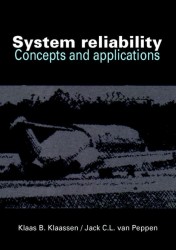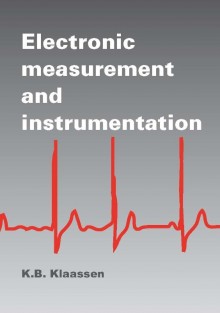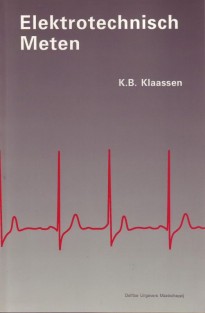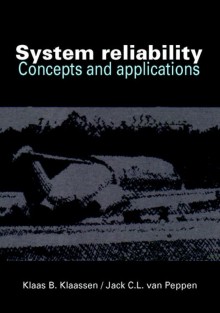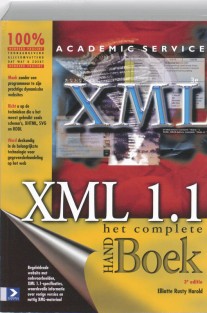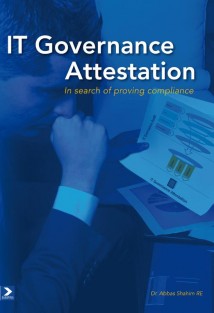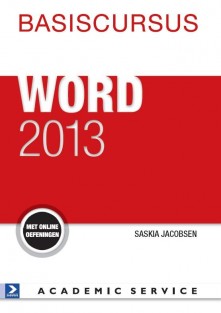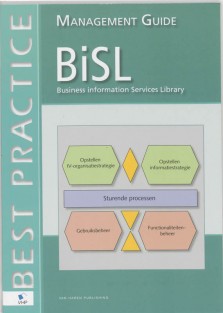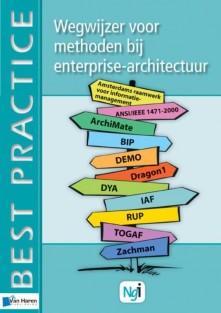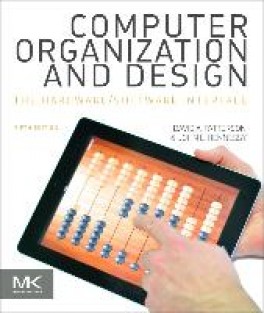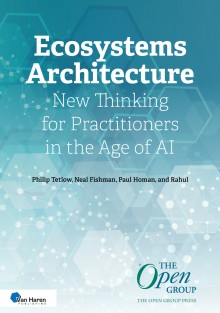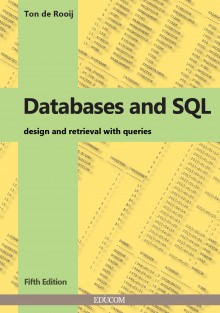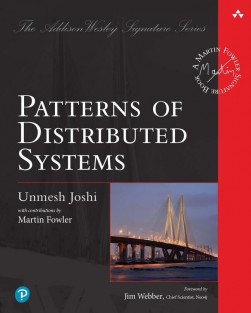System reliability
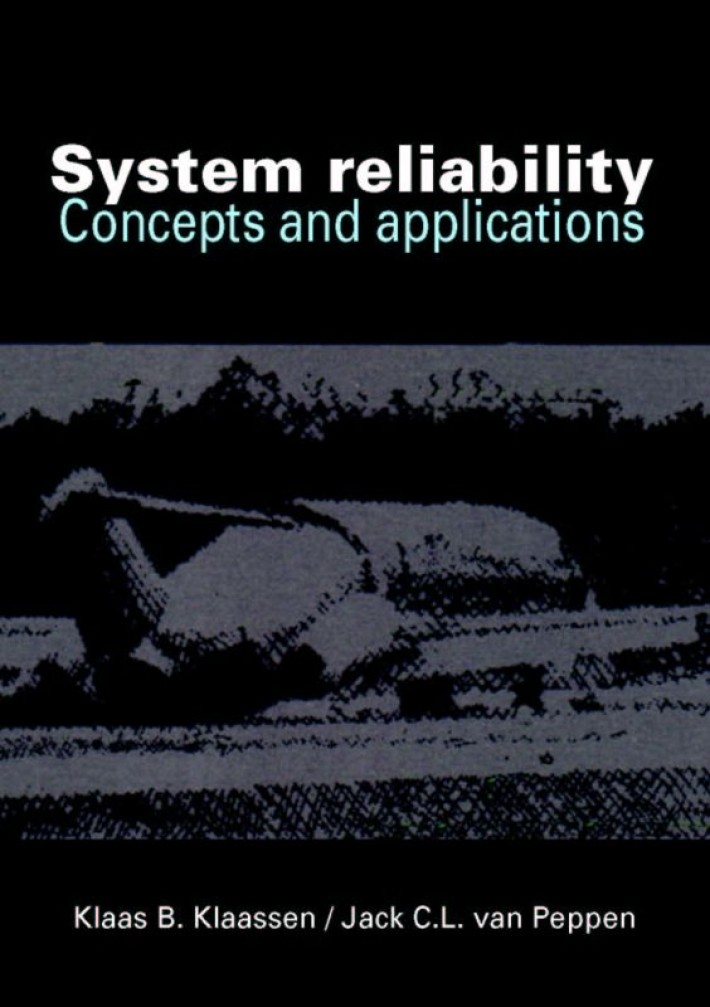
- Auteur(s)
- K.B. Klaassen, J.C.L. van Peppen
- NUR code(s)
- 992 Systeemanalyse en -theorie
- Uitgever(s)
- Delft Academic Press / VSSD
- Taal
- Engels
- Vers. datum
- 01/08/2009
- NSTC
- 500227644
System Reliability
Concepts and applications
The mind-boggling rate of industrial expansion of recent decades has produced innumerable technical devices and systems on which we rely in our daily life for modern convenience, safety, and sometimes even preservation of human lives. These modern artifacts cover a broad spectrum ranging from a relatively simple electronic watch to very complex transportation systems such as airplanes or spacecraft. Often, one is not even aware of the use of particular systems (part of our electrical energy is generated by nuclear reactors) until one is most unpleasantly reminded (Chernobyl disaster).
It is a proven fact that all these technical systems are producible, in other words: one can at least make them work at the time of first use. A higher order requirement, however, is that they remain serviceable throughout their expected useful life; i.e. that they are reliable. The consequences of an unreliable functioning of these systems may vary from inconvenience, extra costs, environmental damage, to even death. Such inability to perform reliably may not only arise from the product itself (usually manifested in hardware or software failures), but also from human errors. Take for instance the (pilot) error where an aircraft is put down on the runway extremely hard. As the cover picture shows, this can result in a cracked fusilage and the dragging of the entire tail section over the runway until the aircraft comes to a complete stop.
The aim of this textbook is to familiarise the reader with the principles and terminology of reliability engineering:
Methods for improving reliability are discussed in detail;
The approaches of deterministic and statistical reliability engineering are explained in such a way that the practical implications of the equations are clear;
The book discusses methods of handling the reliability of large and complex systems;
A chapter is devoted to the important topic of software reliability;
The book contains a wonderful set of exercises and solutions manual.
Contents:
Preface
1 Introduction
2 Deterministic reliability
3 Statistical reliability
4 Statistical failure of components
5 Reliability models
6 Non-maintained systems
7 Maintained systems
8 Evaluation methods
9 Reliability of computer software
Solutions to problems
Appendix
Literature
Index
http://www.vssd.nl/hlf/e003.htm

